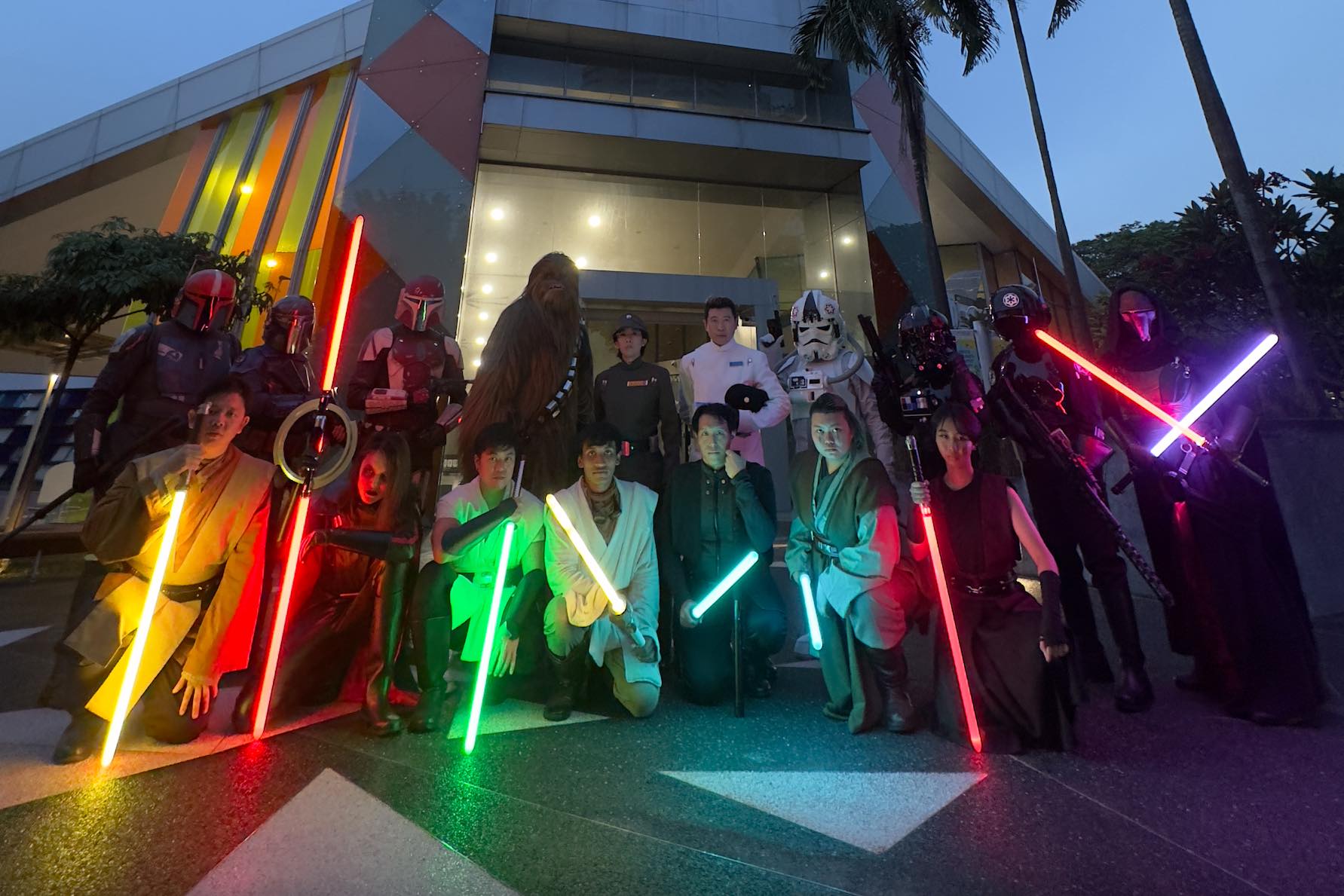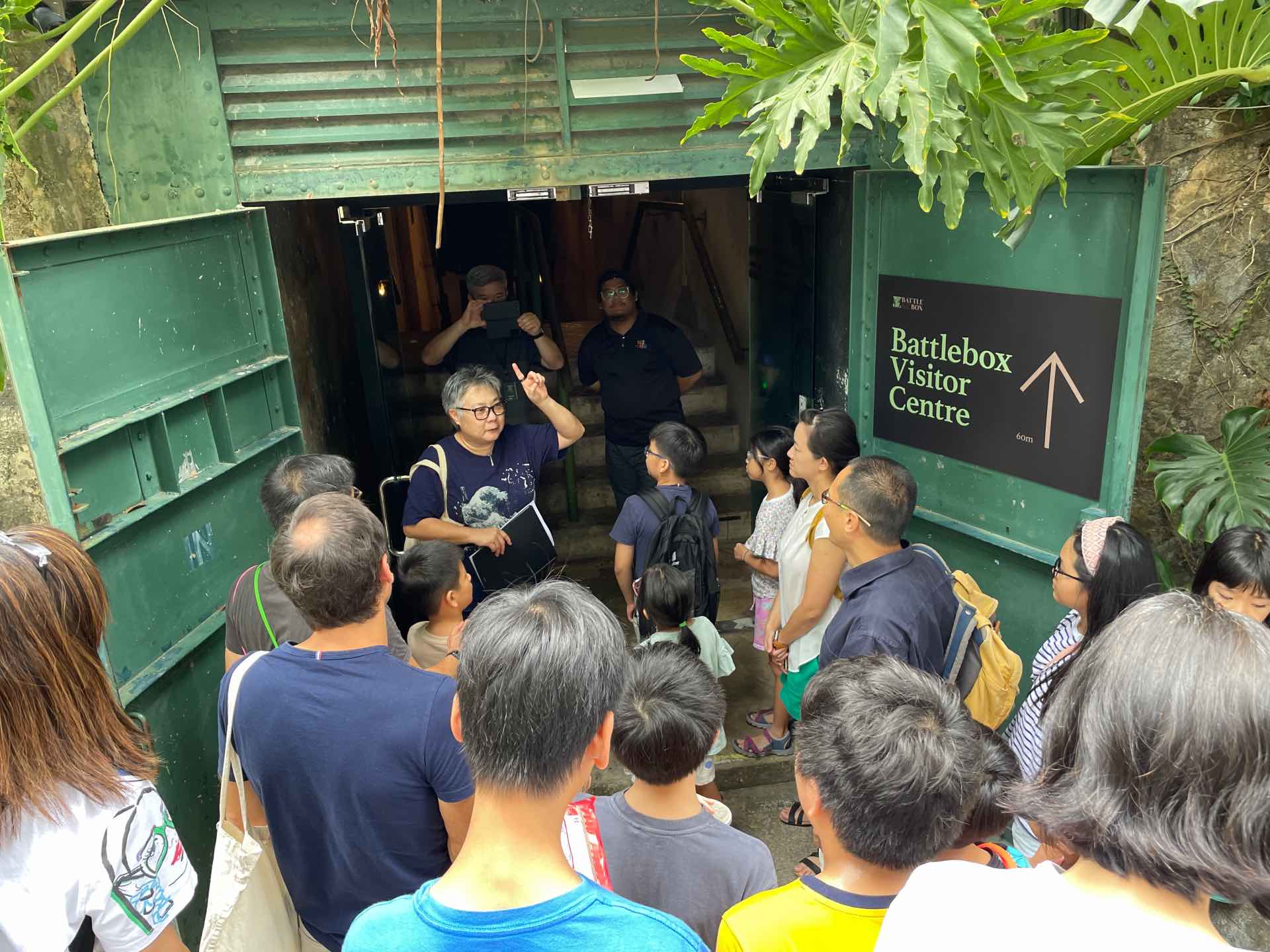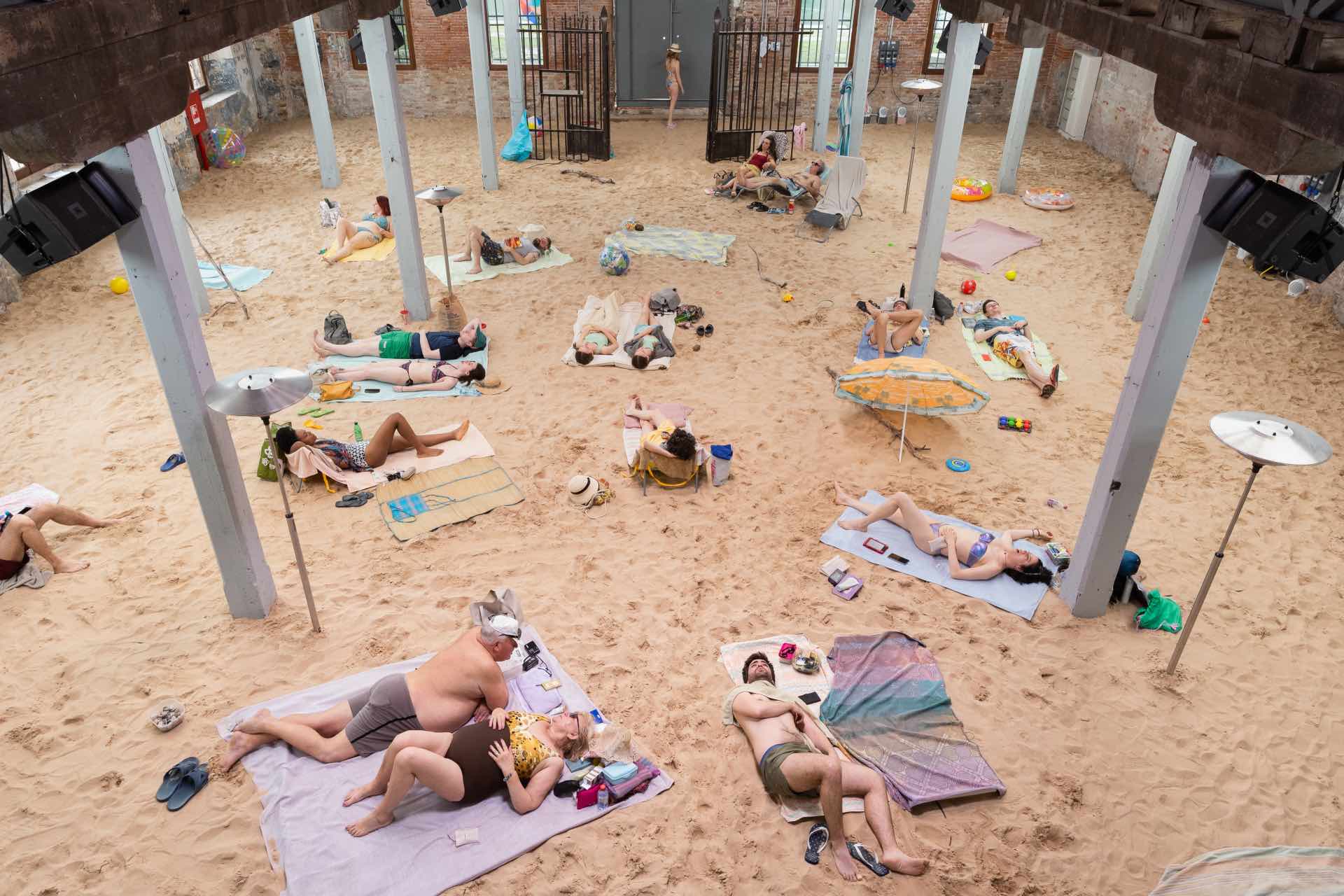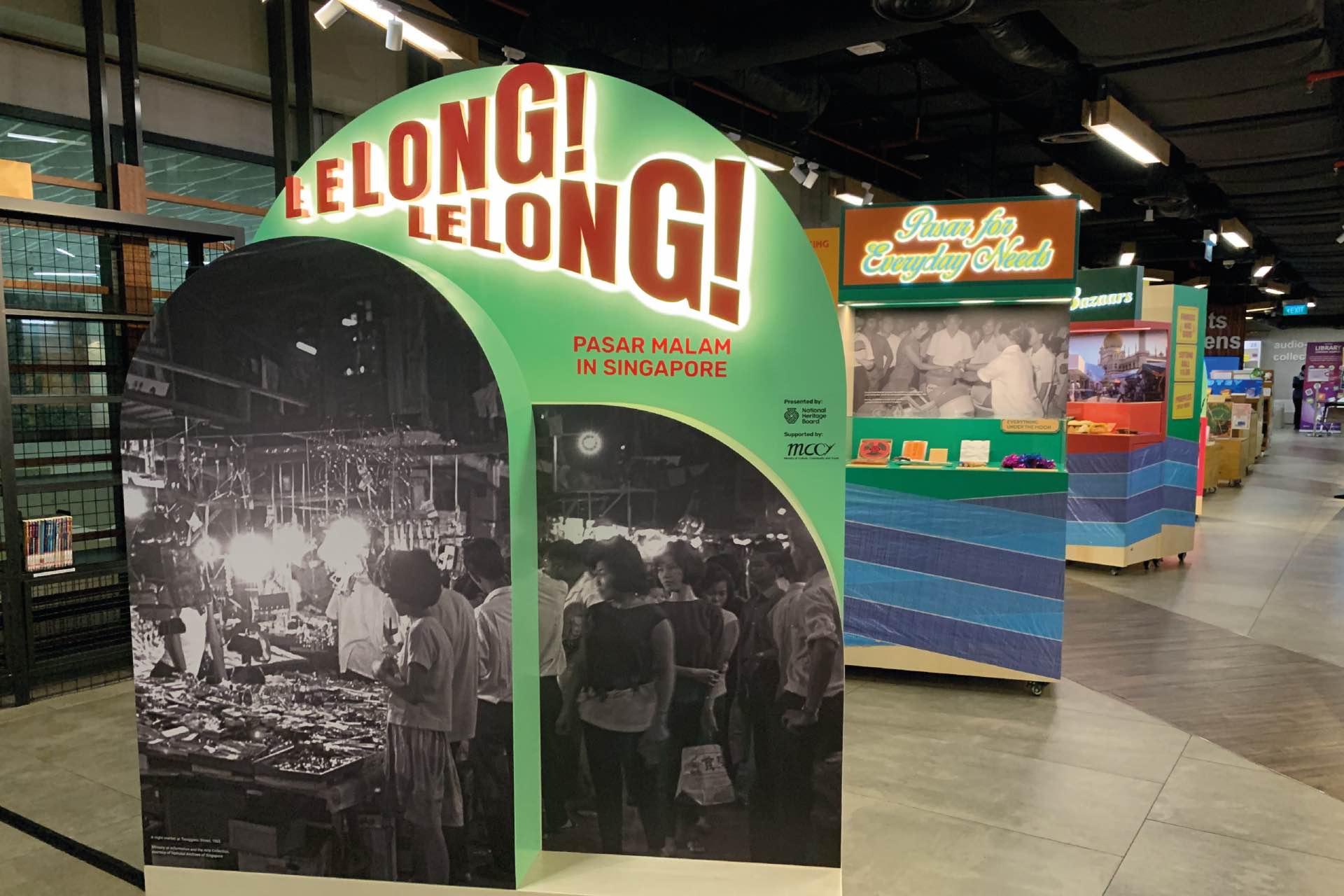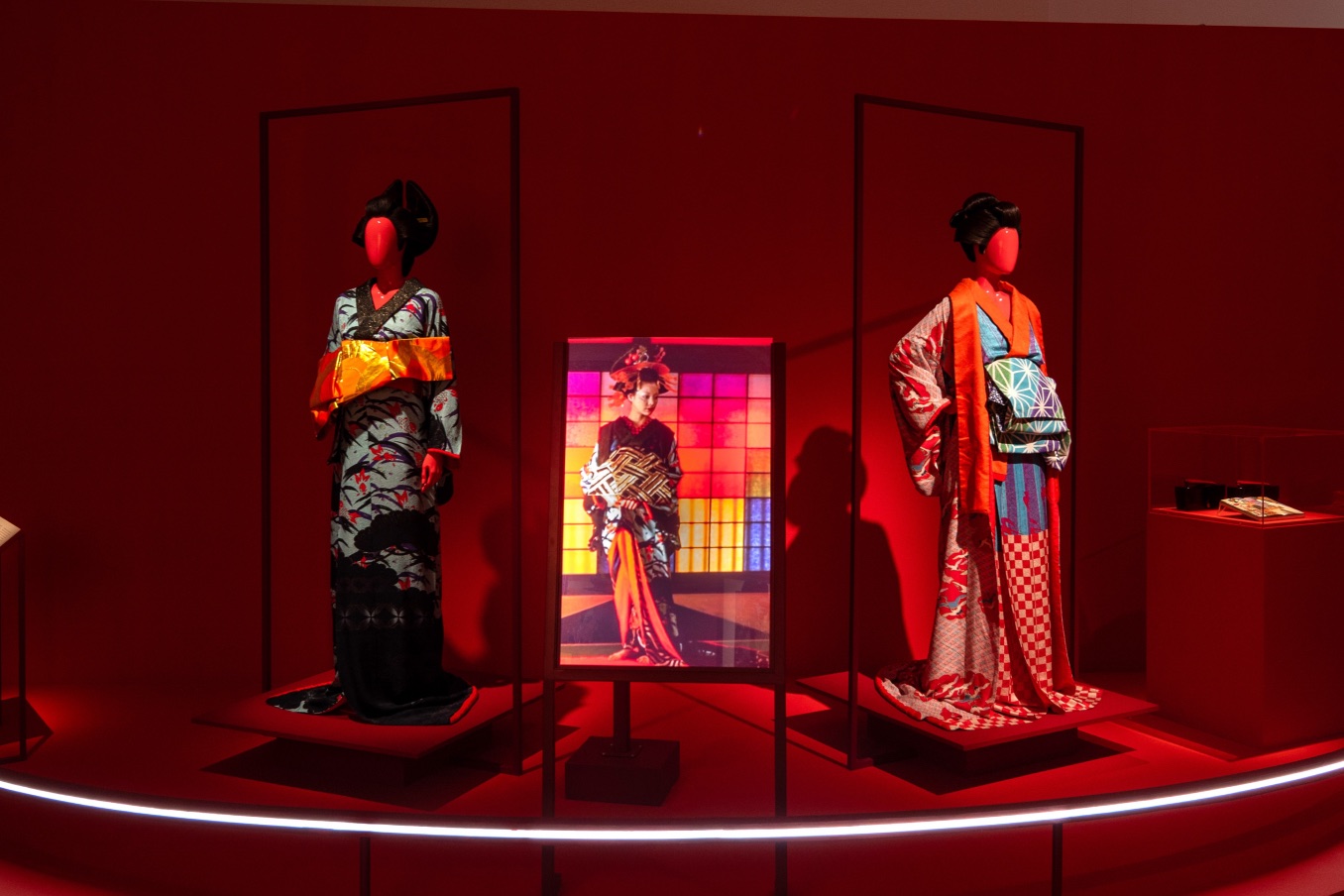
Experience 120 years of cinematic history through glamorous screen legends from classic Hollywood to modern-day Asia at ArtScience Museum’s Goddess: Brave. Bold. Beautiful. from now till Aug 11.
But the actresses featured in Goddess: Brave. Bold. Beautiful. are more than bombshells, stars, and screen sirens. They challenge narratives, defy expectations, and break boundaries both on and off screen, from Anna Tsuchiya subverting Japanese cinema stereotypes to Laverne Cox campaigning for marginalised communities.
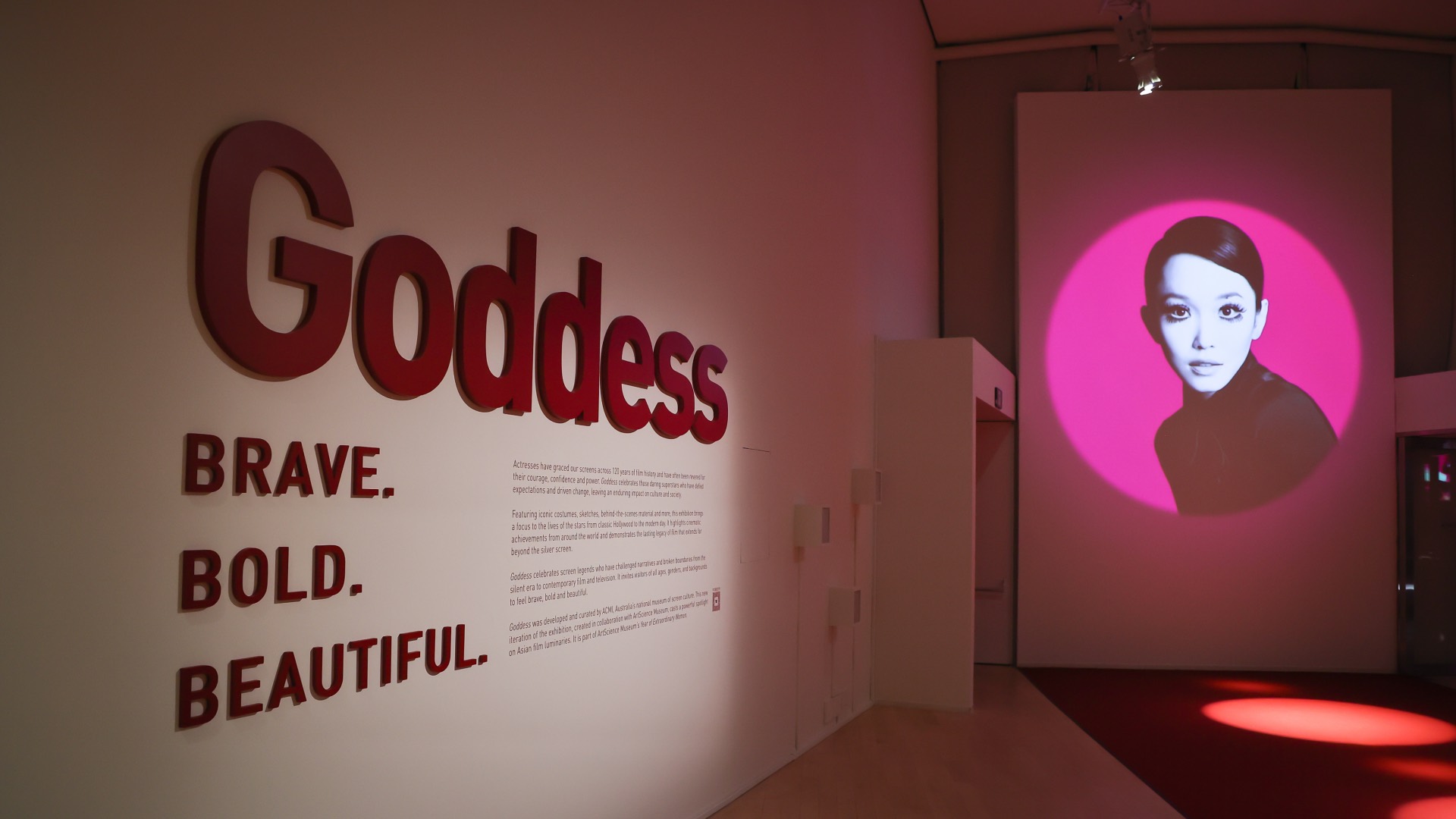
Originally produced by ACMI, Australia’s national museum of screen culture, this new iteration created in collaboration with ArtScience Museum highlights Asian film luminaries, such as Michelle Yeoh, Maggie Cheung, Anna May Wong, Gong Li, Singapore’s Marrie Lee, and Fann Wong, and film icons of the golden age of Malay cinema, who have all redefined our conception of a screen goddess today.
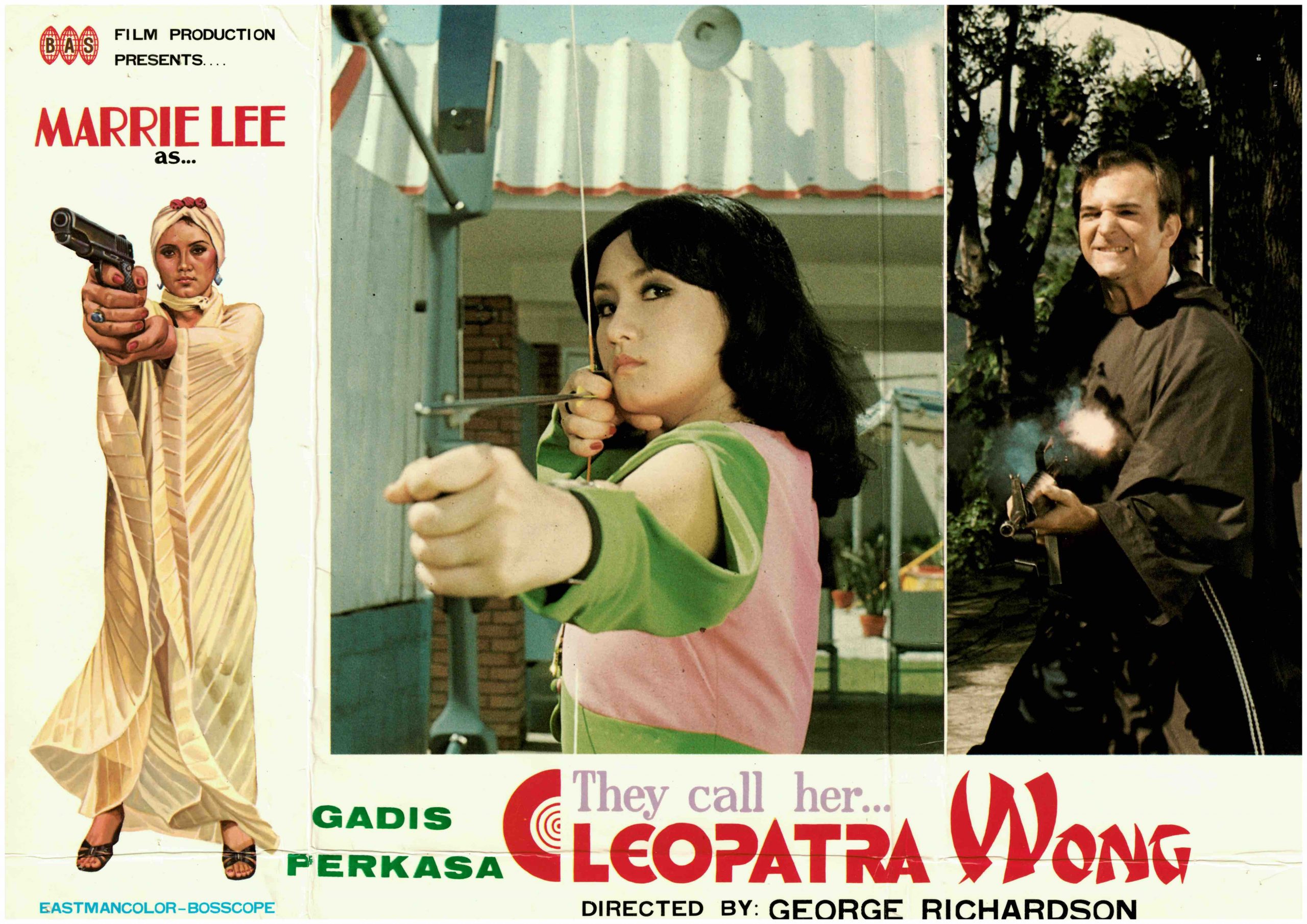
Through photographs, archival material, projections, and original costumes, the exhibition tells the compelling, powerful, and lesser-known stories of women in film across eight zones.
Begin the journey at Zone 1: In Her Words, a soundscape by composer and music producer Chiara Costanza. Hear the voices of various screen icons across the ages advocating for women to be heard for who they are, and not known just for their beauty and glamour.
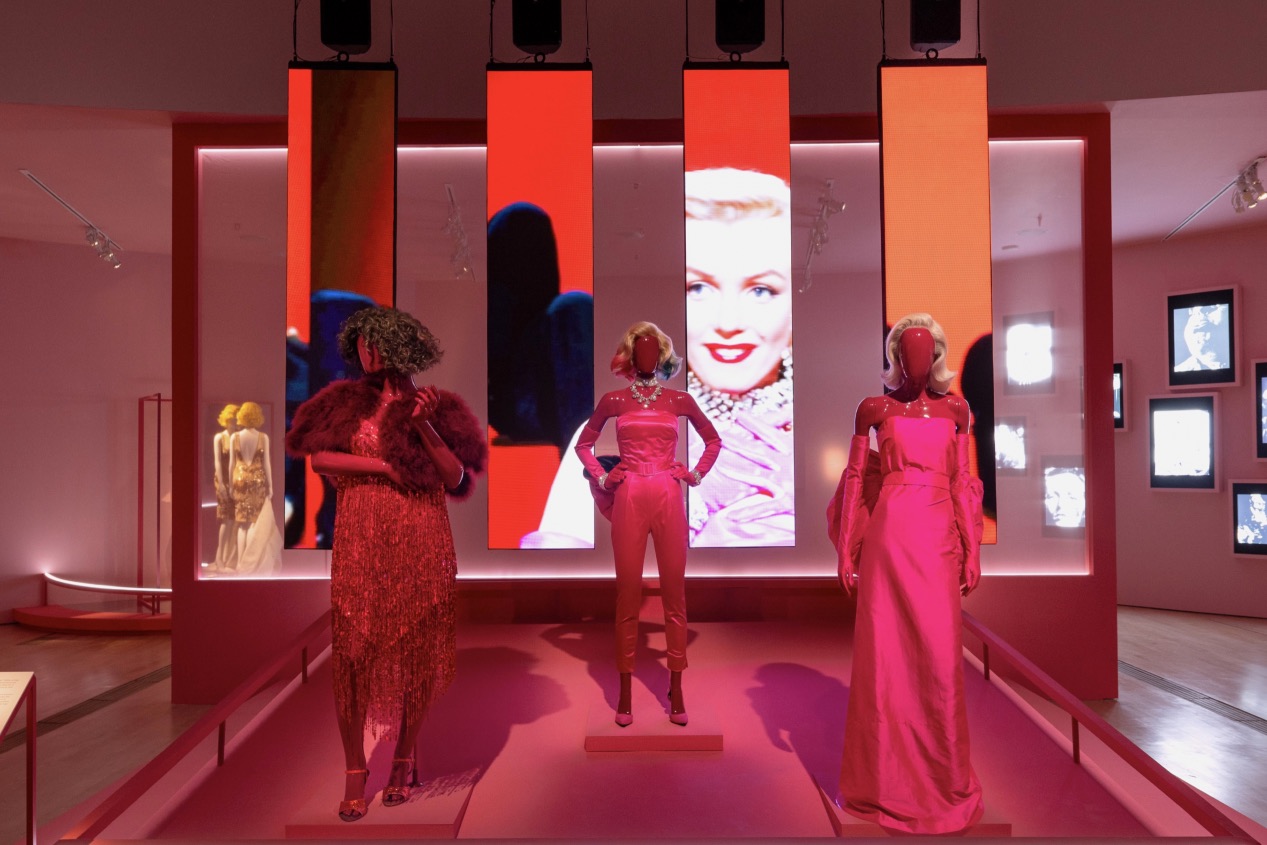
Zone 2: Crafting The Ideal examines how women have been depicted on screen, emphasising how their portrayals reflect social standards of the period and how they establish or reinforce stereotypes. Mariyln Monroe, for instance, remains a cultural icon. She was often typecast as a sex symbol yet she was a successful businesswoman, renegotiating her contract on her terms and eventually founding her own production company. On display are three original costumes that have paid tribute to Monroe – all in pink, of course!
Zone 3: Breaking The Binary shows how creatives blur boundaries and creatively subvert fashion conventions to fight for gender equality and women’s rights. For example, Marlene Dietrich and Gladys Bentley wore tuxedos during the prohibition on trousers for women.
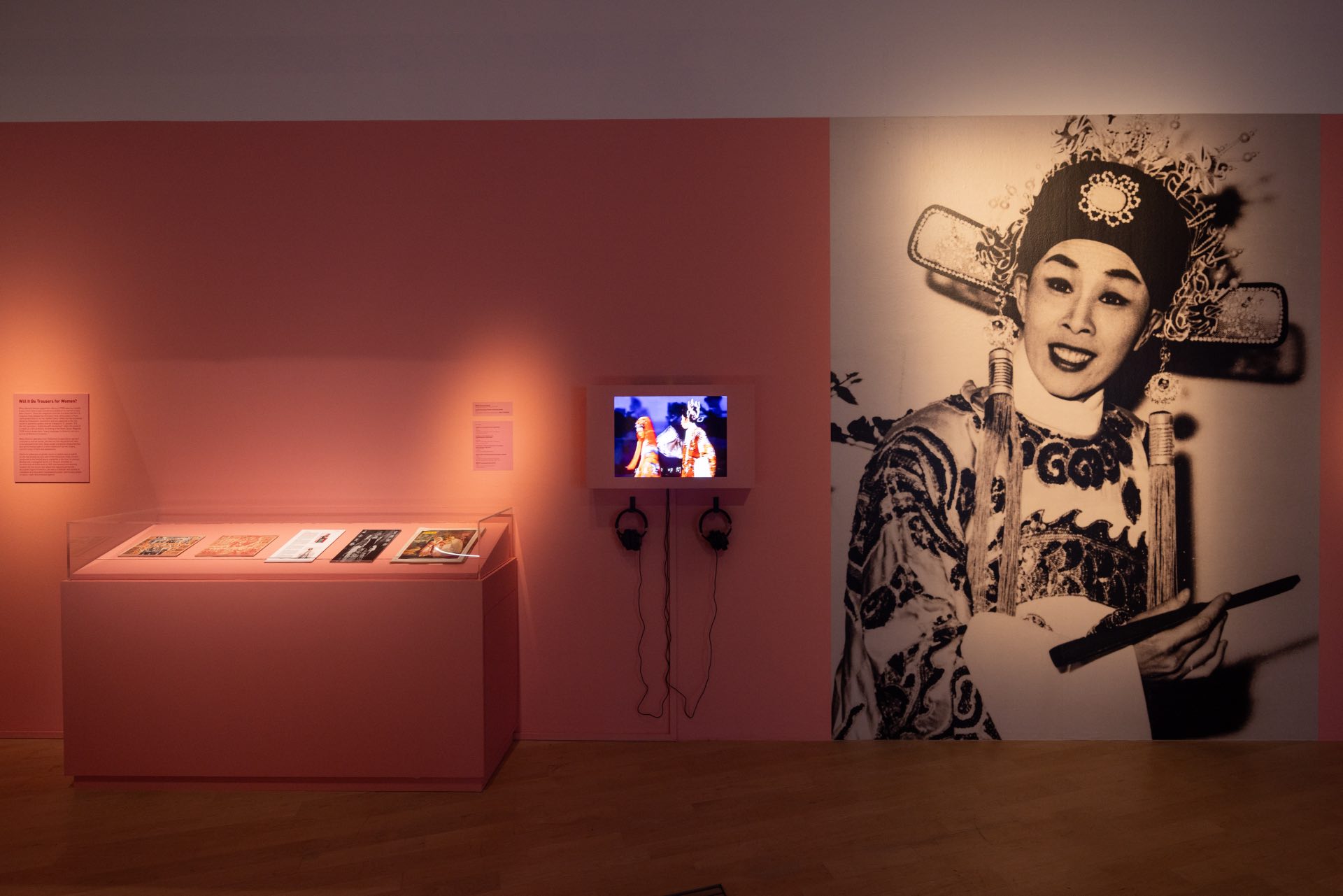
Chinese opera legend Yam Kim-fai even has a section here since it was common for actors to play roles opposite their gender on stage. Yam, known for her lower vocal register, performed in over 300 films mainly playing male roles.
Zone 4: Dangerous Women explores how actresses have been negatively portrayed in films due to the industry’s skewed perceptions and archetypes towards race, ambition, and age. In the early days of Hollywood, Asian actresses were overlooked for leading film roles and either typecast as villainous “dragon ladies” or subservient “lotus flowers”.
Asian American Wong Liu Tsong, better known as Anna May Wong, was an early screen legend who helped other Asian actors be cast in more complex roles. Through archival material like costumes, magazine clippings, and movie posters, visitors can trace her journey in Hollywood.
This section also unpacks the archetype of the femme fatale, a character associated with women in the film noir era of the 1940s and 50s. You’ll find several depictions of the femme fatale on screen, from silent-era star Theda “The Vamp” Bara to Mexican actress Salma Hayek (From Dusk Till Dawn, 1996) and Rosamund Pike (Gone Girl, 2014).
In Zone 5: Weaponising Glamour, dive into a world of makeup, costumes, and accessories in the section, which addresses how these tools are used by actresses to construct memorable on-and off-screen personas.
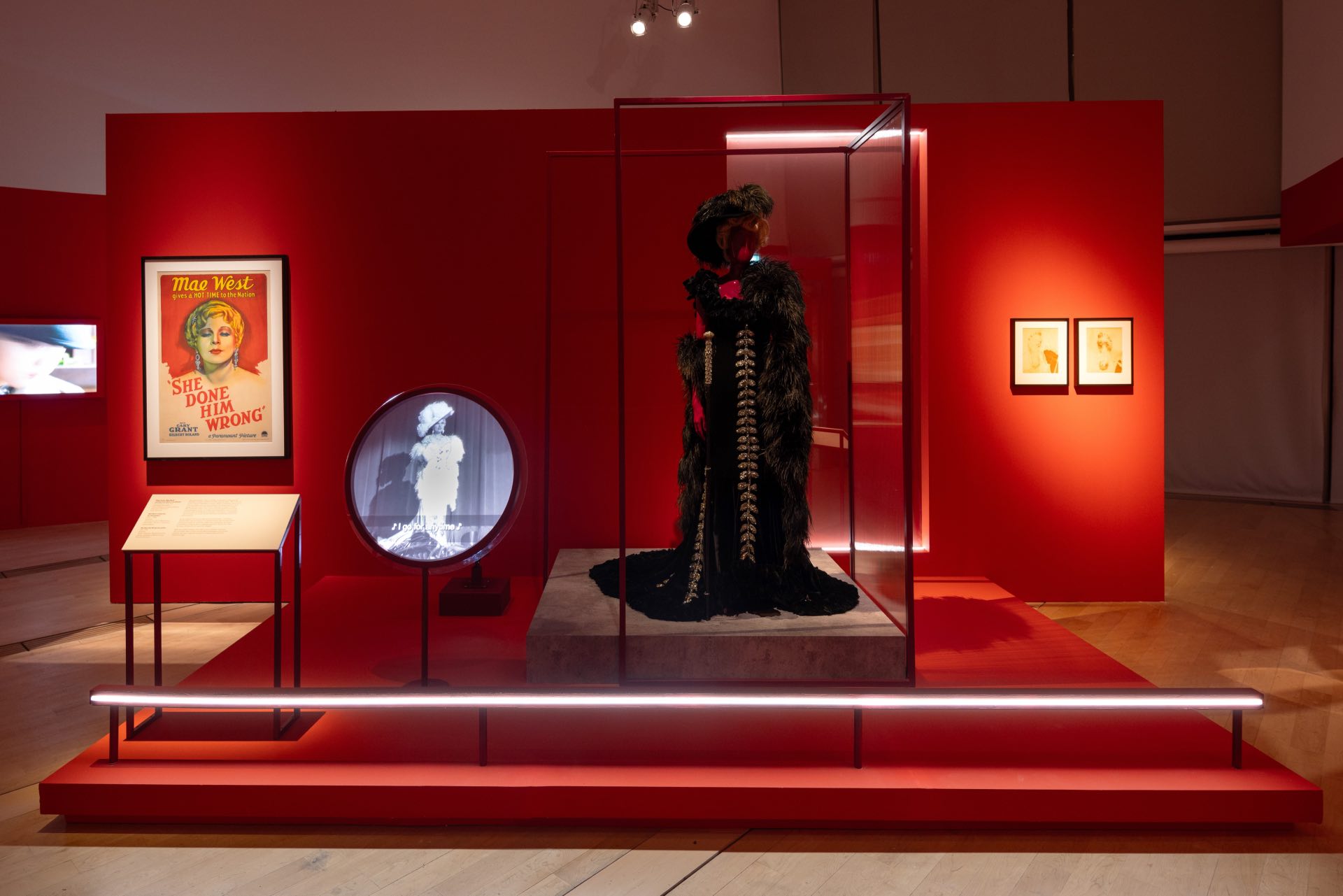
Actress Mae West redefined on-screen femininity with her larger-than-life, confident persona shining through lavish costumes and platform shoes as she celebrated desire as an expression of independence.
Japanese actress and rock star Anna Tsuchiya echoed this new vision of womanhood with her electrifying live performances that undermined the stereotype of Japanese actresses as quiet and demure. In Sakuran (2006), she plays the smart, unconventional, and headstrong courtesan Kiyoha, embodying her rebellious real-life persona.
As part of its visual style and emotional journey, visitors can admire the costumes, including ornate, colourful kimonos combining period-accurate authenticity with punk rock sensibility by using hallucinatory colours and patterns.
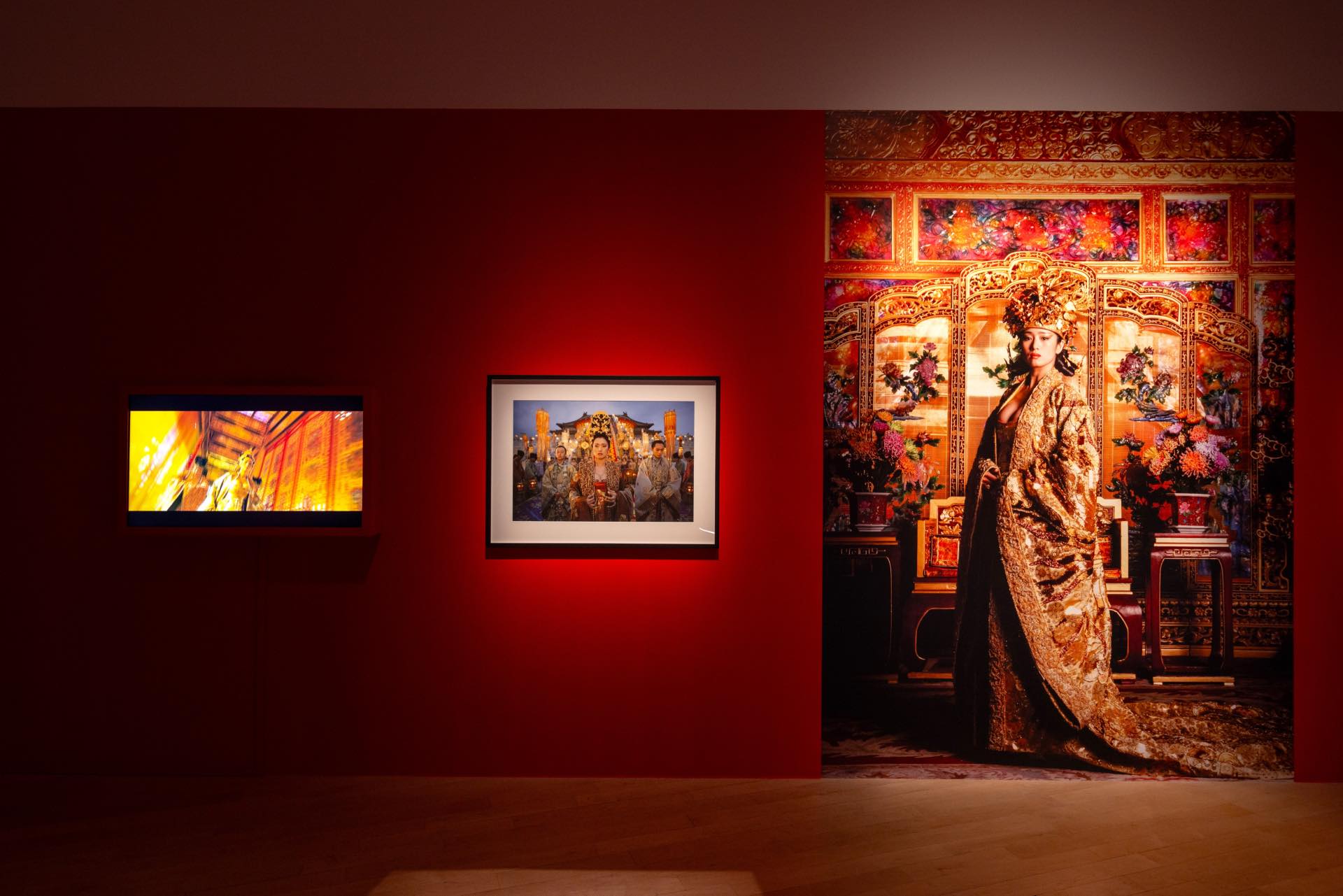
Weaponising Glamour also highlights Chinese screen icons Tang Wei and Gong Li. They played complex characters who used their beauty, charm, and intellect to manipulate others for their own purposes. Symbols of power, courage and resilience, they are a far cry from the subservient roles more often associated with Asian actresses.
Zone 6: Cut From The Same Cloth is a new addition to this iteration of Goddess, Cut from the Same Cloth profiles three film icons of the golden age of Malay cinema in Singapore, which lasted from the 1940s to the 1970s: Saloma, Maria Menado and K. Fatimah.
On-screen, they played progressive characters who reflected changing cultural values of the time. In Tun Fatimah (1962), Menado rallies a community in resistance, while K. Fatimah played Salbiah, a loyal friend of the protagonist who challenges the established social hierarchy in Ibu Mertuaku (1962).
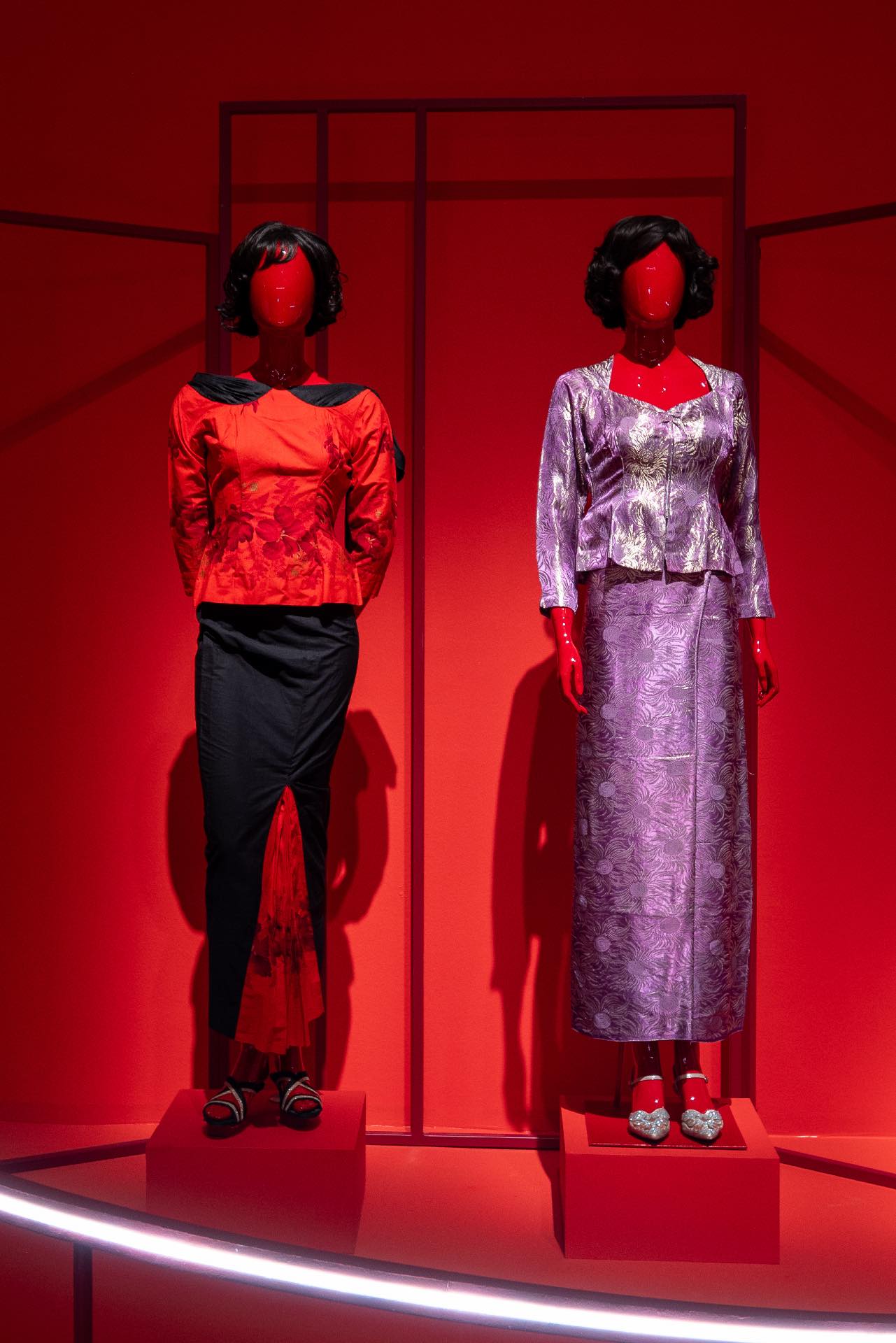
Similarly, Saloma’s character in Seniman Bujang Lapok (1961) rebels against an arranged marriage and succeeds in achieving financial independence as a working woman as a result of her efforts. Through their performances, these actresses challenged gender-based norms and demonstrated to audiences in the region that women could dream bigger and bolder.
Off-screen, K. Fatimah was a beauty queen, Menado founded a production company, and Saloma was awarded the title of Biduama Pertama Negara (First National Songbird) in 1978 for her contributions to the Malay music industry. A fashion icon, she even had a modern kebaya named after her.
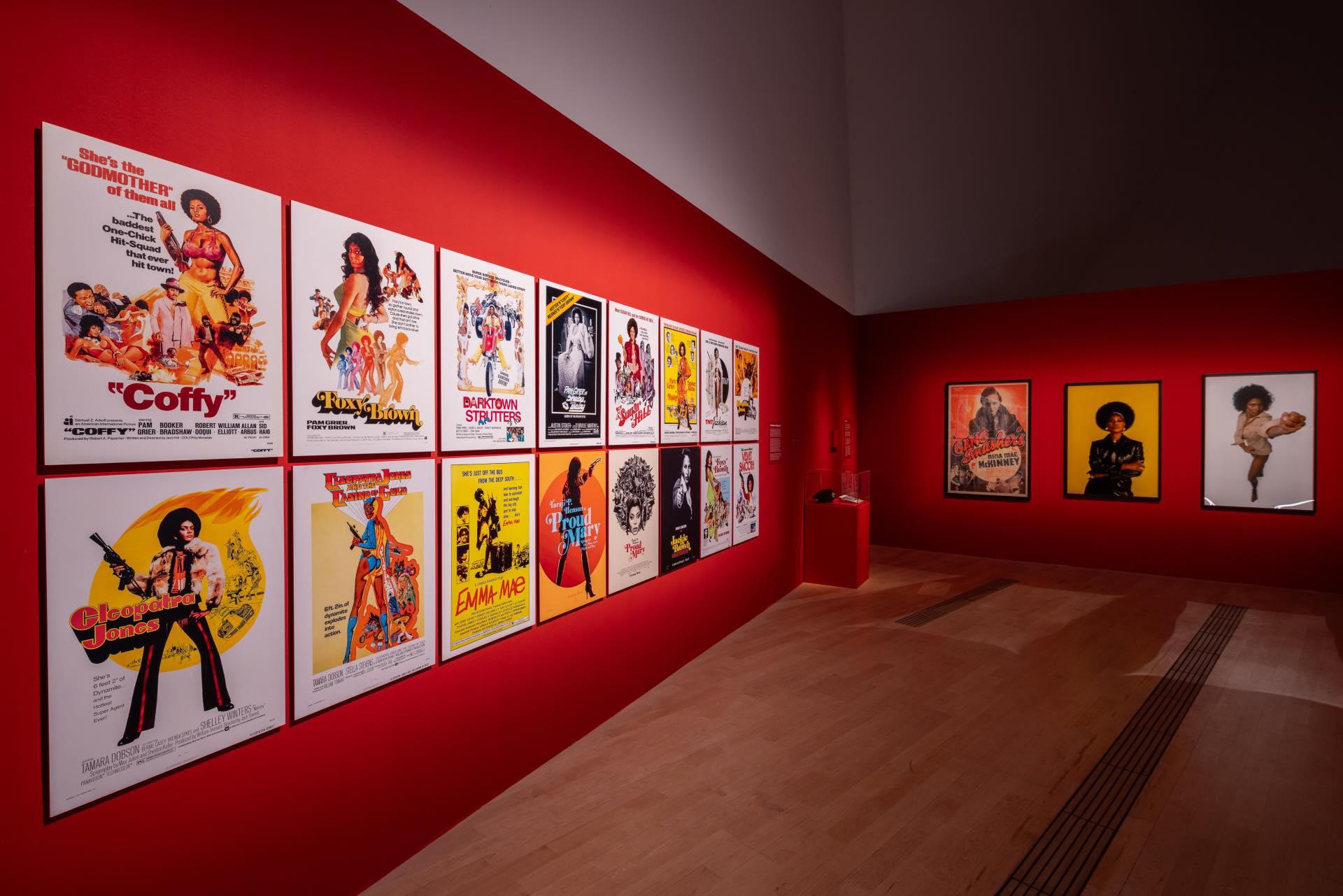
Zone 7: Fighting Back explores the daring feats of women on screen – from classic stuntwomen to modern action heroes – that challenge notions of female fragility. Moreover, it details how actresses of colour played leading roles, addressing both racial injustice and women’s rights movements.
Visitors can learn about Blaxploitation that saw Pam Grier become the first Black female action star. She paved the way for future stars like Laverne Cox, who played Grier in a powerful portrait depicting contemporary Black femininity with pursed lips and a defiant stare.
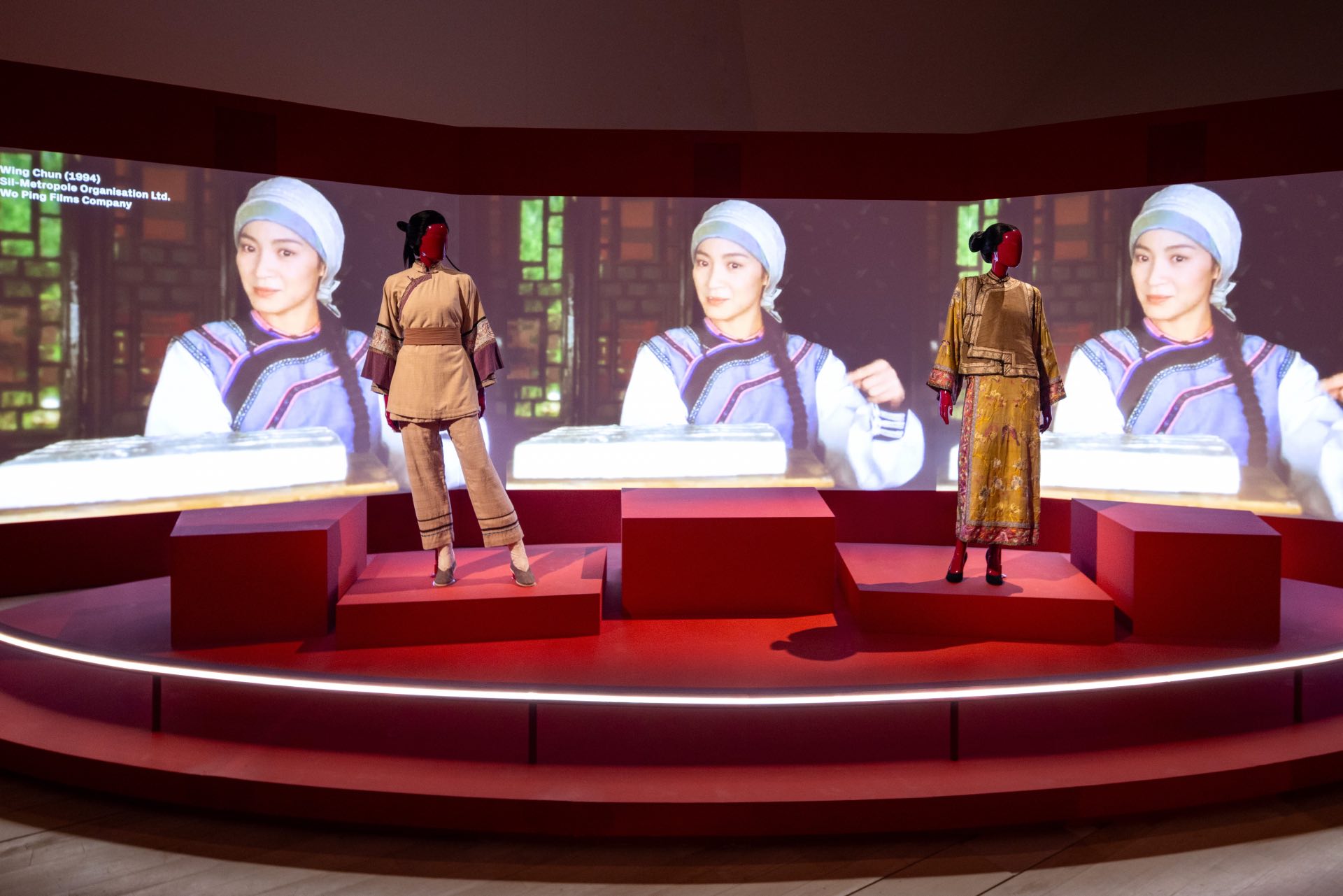
This section also features Asian heroines who have captured audiences and influenced Western cinema with legendary martial arts films. Michelle Yeoh, Zhang Ziyi, and Maggie Cheung are spotlighted, with an iconic set of images taken by Russel Wong on display.
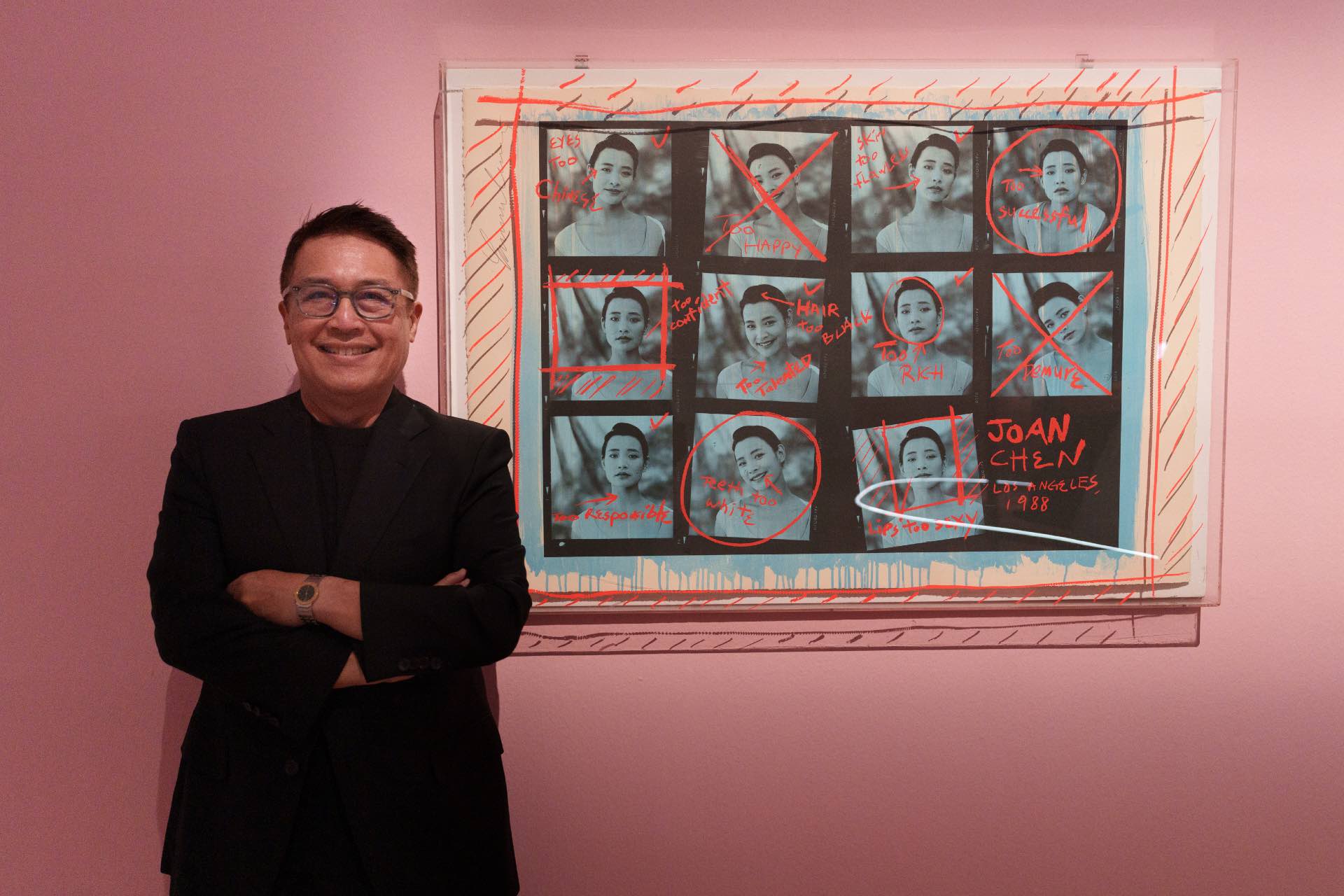
Singapore also saw its own action heroine in the form of actress Fann Wong, who demonstrated her fighting abilities in an range of local movies and TV series such as The Legend of Lu Xiaofeng (2006) and The Return of the Condor Heroes (1998).
In Shanghai Knights (2003), co-starring Jackie Chan and Owen Wilson, she became the first Singaporean actress to break into Hollywood.
At the end of this section, visitors can explore how virtual personas can affect the way individuals perceive themselves and how they appear when they try on a series of digital filters and masks that have been created and reworked using AI in the interactive experience Goddess in the Machine.
The last section, Zone 8: Walk Out With A Goddess, marks a powerful moment of solidarity where visitors walk out of the exhibition alongside various screen goddesses and icons from throughout history.
Goddess: Brave. Bold. Beautiful. runs from Apr 6 to Aug 11, 2024. For more information and tickets, visit here.


